Gabriel Bortoleto has highlighted that all F1 drivers are aligned when it comes to the racing protocols following a crunch meeting in Qatar.
The drivers came together with the FIA on Thursday in Qatar to discuss what is permissible in wheel-to-wheel action and penalties that are applied for overstepping the mark.
Various points of action from the 2025 season were raised in the meeting, with the drivers being offered a platform to challenge the stewarding call made at the time.
Bortoleto highlighted the drivers walked away from the meeting with a common mindset.
“These meetings are always very productive, and I think the FIA really tries to listen to drivers, and we give our opinions on what can be better, and they try to listen and implement,” Bortoleto told media including RacingNews365.
"The meeting was a bit like this, they showed some incidents, we talked about it, and we said: 'Look, from this point of view, it shouldn't be that decision or that', but it was just a discussion.
"There are always improvements to be made, and drivers will always complain because that is how we are, and there are always things we believe that can be better, because there are always different opinions and views, but I definitely believe they are going in the right direction.
"All the drivers were very aligned on what we believe they should do, in our view, whilst following the guidelines, and that it was too much following them, and then they created a couple of penalties that maybe were not supposed to happen.”
Viewed by others:
Bortoleto suggested the stewards don't often take factors such as track characteristics into account when applying a penalty.
A controversial time penalty was applied to Oscar Piastri in Brazil after he locked up at the first corner before being involved in a collision with Kimi Antonelli.
Bortoleto highlighted that a driver locking up his wheels does not automatically designate them as the driver at fault for an incident.
"We all agreed that there are some tracks which are unfortunately cambered, and then if you brake, you end up locking a wheel, and because of the way the track is and not because you are out of control and because you're actually trying to avoid a crash,” he said.
"Then, if the guy on the outside starts going into the corner like you're not there, you need to hit the brakes even harder to try and avoid the crash, you lock up, and then you crash into someone, and you are at fault because you locked up, and that is what the guidelines say.
"But sometimes, you're just trying to avoid something, so what should we do in that situation? Just release the brakes and destroy the guy ahead? You didn't lock up, so you're not out of control, and that is the discussion we had.
"There was no: 'this is right, or this is wrong', but we just put things on the table for the next time a situation like that happened and being a bit open-minded about why the lock-up happened, but we didn't just discuss that, there were other topics as well.
"I don't know if they're going to change it or not; it is up to them to make the change, but I think mainly the way that they review incidents and how they see them and maybe not following 100% of the guidelines [will change].
"Because guidelines, at the end of the day, are guidelines, they are not rules; they are the things which can guide you to make a decision."
Don't miss out on any of the Formula 1 action thanks to this handy 2026 F1 calendar that can be easily loaded into your smartphone or PC.
Download the calenderMost read
In this article
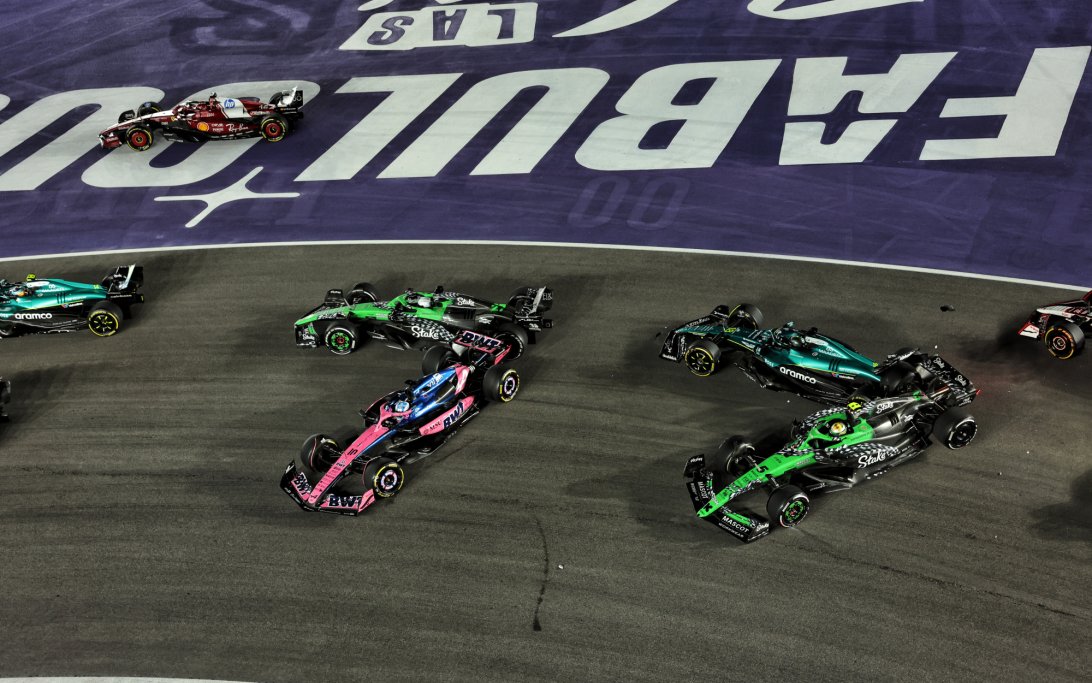

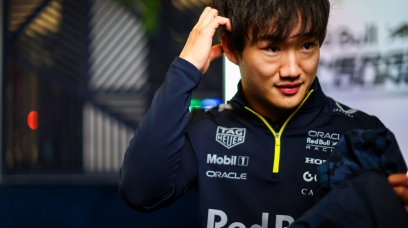
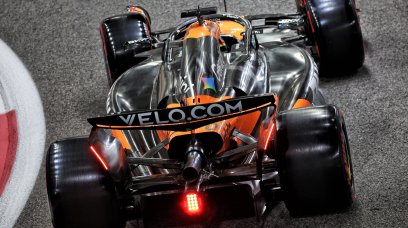
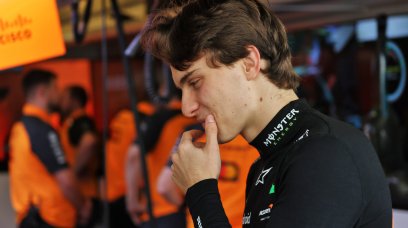
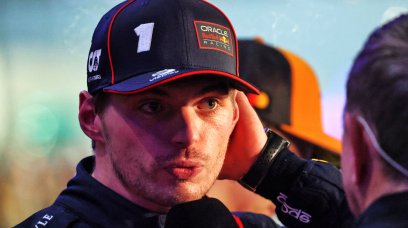




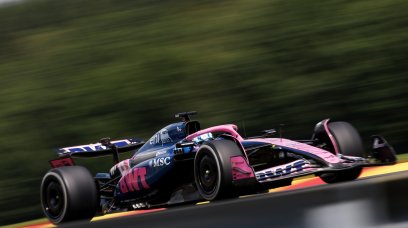


Join the conversation!